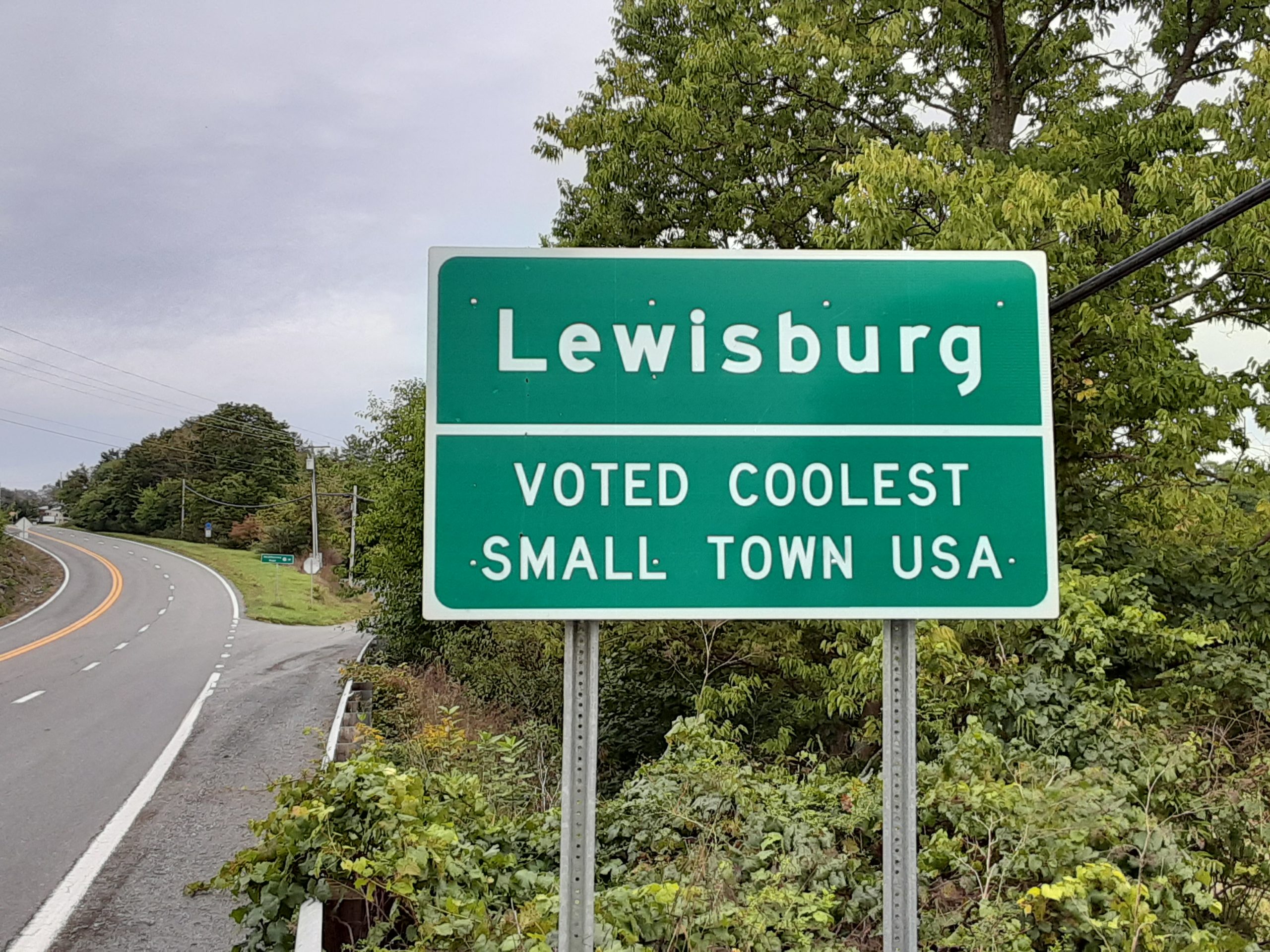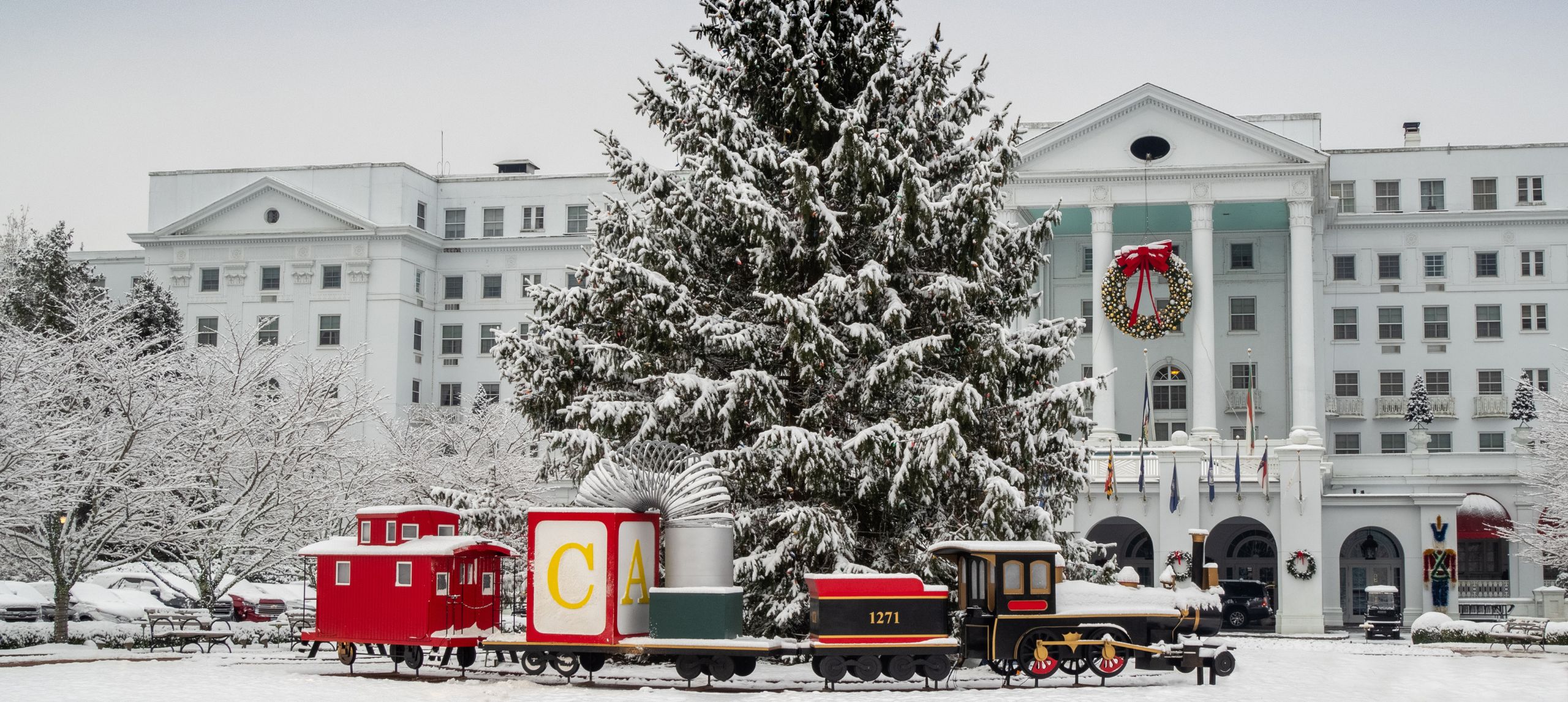Towns may be divided into at least two categories concerning their names, those akin to chameleons and those more like turtles.
“Where do the names of towns come from?” Behind each town’s name is a story. Before each town came to be, a geographic place waited to be settled and named. Thus, places that came to be settled and named only to undergo name changes fit the “chameleon category” while those that have remained void of name changes fit the “turtle category,” being that turtles have protective shells as homes, ones that permanently resist change.
Jordan Mines, a town in southwestern Alleghany County, Virginia, has not undergone a name change since its settlement in the early 1800s. Named for an iron mine and Col. John Jordan, a resident of the settlement who was a prominent stone mason who applied his craftsmanship by working for Thomas Jefferson at Mount Vernon, Jordan Mines prospered until the 1920s when the need for iron ore diminished. Still the post office by that name remains to serve the sparsely populated, unincorporated community.
Not only was Col. Jordan instrumental in the naming of Jordan Mines, but he built the forge in Rainbow Gorge located between the Town of Clifton Forge and the Town of Iron Gate. Rainbow Gorge is named for the unique rock formation shaped like a rainbow that towers above the Jackson River adjacent to Devil’s Backbone, a large, vertical outcropping of rock that traditionally serves as the display spot for patriotic citizens to climb to keep Old Glory flying from year to year. Situated perpendicular to the river, Devil’s Backbone has been featured in USA Today and on WDBJ TV in Roanoke as the media documented two young women climbing to replace the flag.
Across the river from Rainbow Rock and Devil’s Backbone, the foundation of the forge that produced the iron ore for the plates for the Confederacy’s first ironclad warship, the CSS Virginia, remains with an official historical marker attached. Adjacent to Route 220, it has become a popular place for photographers who are provided with easy access to climb onto the stone foundation that provides a panoramic view of Devil’s Backbone, Rainbow Rock, the Jackson River, and the C & O Railroad’s track that runs parallel to the river.
William Lyle Alexander, the owner of the forge that Col. Jordan built, resided in Lexington, Virginia. He named the forge in honor of Clifton Alexander, his father, no doubt without ever dreaming that Williamson’s Station would become a town incorporated as Clifton Forge in 1884 to far exceed the honor he had intended to bestow upon his father.
Just north of Rainbow Rock the growing settlement along both banks of the Jackson River had become known as Jackson’s River Station, and the first passenger train arrived there in 1857. By 1861, the settlement had become known as Williamson’s Station.
Clifton Forge operated as a town until it was incorporated as a city in 1906 for it had grown to become a railroad hub centrally located between New York City and Atlanta, and the population had burgeoned to 10,000 compared to the current population of less than 4,000. In 2001, Clifton Forge conducted an election that resulted in the City of Clifton Forge giving up its city status to revert to becoming a town once more.
While Clifton Forge conveniently fits into the “chameleon category,” Jordan Mines qualifies to remain as a mainstay of the “turtle category.” Col. Jordan’s impact on the history of Alleghany County is not widely known, but he and John Irvine teamed to build Lucy Selina Furnace near Route 60 east of Clifton Forge, naming the structure for their wives, Lucy and Selina respectively. Eventually, Longdale Furnace replaced that structure due to changing economic times that led up to the War Between the States during which Longdale Furnace served to help meet the Confederacy’s need for pig-iron.
Just around a curve on Route 220 south of Rainbow Gorge, Iron Gate, the town of less than 500 that was incorporated in 1889, remains as a fit for the “turtle category” in that it has retained its name that was derived from the iron mining industry including the forge Col. Jordan built nearby. In fact, a dirt road still leads uphill from Iron Gate to where one can walk on a tram road. While walking the tram road, one will encounter the ruts cut deep into the earth more than a century ago by bank cars loaded with iron ore that mules pulled from Callie Mines in nearby Botetourt County during the late 1800s to the forge in Rainbow Gorge.
Upstream from Clifton Forge, the City of Covington lines both banks of the Jackson River. The town was formed in 1817-1818 and named for the heroic General Leonard Covington who lost his life in action during the War of 1812. Covington has retained its name to aptly fit into the “turtle category.”
Traveling north from Covington on Route 220, travelers will pass Falling Springs, a waterfall that drops 80 feet onto rocks that help hide the entrance to a cave beneath the falls. The community of Falling Springs received its name from the waterfall, a geographic feature similar to the curative springs north of the falls that gave names to both Hot Springs, home of Homestead Omni, and Warm Springs, county seat of Bath County. Thomas Jefferson came to bathe in the healing waters located in Warm Springs near the junction of Route 220 and Route 39. Homestead Omni owns Jefferson Springs that is currently closed for renovations.
Both Hot Springs and Warm Springs were named for their geographical features and have retained their names, and both were named to fit the “turtle category.”
Today, I-64 will lead one through both Clifton Forge and Covington, and by continuing west on I-64 past Covington, the traveler will cross into West Virginia where White Sulphur Springs is the home of the Greenbrier Resort, a world-famous, tourist destination. White Sulphur Springs was named for the mineral springs that are now housed at the Greenbrier Resort that has a five-star rating. The mineral springs have been lauded since 1778 as having curative powers that have drawn literally thousands there in search of healing.
White Sulphur Springs was incorporated as a city in 1909, and like Covington, Jordan Mines, Iron Gate, Hot Springs and Warm Springs, the city has retained its name, qualifying it to fit into the “turtle category.”
Further west on I-64, Lewisburg, West Virginia, like Covington, was named for a military hero. Andrew Lewis, a pioneer, surveyor, and military leader who fought in the French and Indian War as a colonel and in the Revolutionary War as a general, also gained fame by serving as one of the founders of what is today Washington & Lee University that was originally named Liberty House.
Continuing west on I-64, Beckley, West Virginia, fits into the “chameleon category.” Prior to being incorporated in 1838, Beckley was known by different names, including Beckleyville, Raleigh Court House, or just plain Raleigh. Named for John James Beckley, the first clerk of the House of Representatives who also became the first Librarian of Congress, the city flourished as King Coal rose to prominence as an industry depended on to fuel America.
As late as 1890, records show that Beckley was being referred to as Raleigh-Court House despite the city having been incorporated more than 50 years earlier as Beckley. Perhaps the continued referencing to Beckley by another name can be attributed to Americans’ penchant for using more than one name for the same place. For example, The Big Apple.
Some towns are named for nearby geographical features, settlements such as White Sulphur Springs, Hot Springs, and Warm Springs while others are named to honor someone of military prominence such as Lewisburg and Covington. Others are given names according to those who settle those areas, names such as Jordan Mines and Beckley while others are given names of animals that once roamed the areas where towns such as Buffalo Gap, Virginia are built.
Shakespeare may have said it best when he penned the line for Juliet in Romeo in Romeo and Juliet, “A rose by any other name would smell as sweet.”






